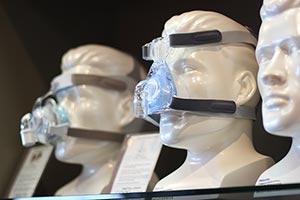FMCSA Seeks Public Input on Sleep Apnea

The Federal Motor Carrier Safety Administration and Federal Railroad Administration announced on March 8 that they are seeking public input for 90 days on the effects of screening, evaluating, and treating commercial motor vehicle drivers and rail workers for obstructive sleep apnea.
Public listening sessions will be held in Chicago, Los Angeles and Washington.
The announcement followed a National Transportation Safety Board recommendation that the Department of Transportation address sleep-apnea screening and treatment for transportation workers.
The joint Advance Notice of Proposed Rulemaking is the first step in both agencies considering whether to propose sleep-apnea requirements.
“It is imperative for everyone’s safety that commercial motor vehicle drivers and train operators be fully focused and immediately responsive at all times,” Transportation Secretary Anthony Foxx said in a statement. “DOT strongly encourages comment from the public on how to best respond to this national health and transportation-safety issue.”
An estimated 22 million Americans might be suffering from undiagnosed sleep apnea, which is a respiratory disorder characterized by a reduction or cessation of breathing during sleep. The disorder can cause unintended sleep episodes and deficits in attention, concentration, situational awareness, memory and the capacity to safely respond to hazards. According to a study by the American Academy of Sleep Medicine, for those suffering from sleep apnea or individuals, eight hours of sleep can be less refreshing than four hours of ordinary, uninterrupted sleep.
“The collection and analysis of sound data on the impact of OSA must be our immediate first step,” FMCSA Acting Administrator Scott Darling said in a statement. “We call upon the public to help us better understand the prevalence of OSA among commercial truck and bus drivers as well as the safety and economic impacts on the truck and bus industries.”
FMCSA recommends that commercial vehicle drivers with respiratory disorders see medical professionals for further evaluation and therapy.

